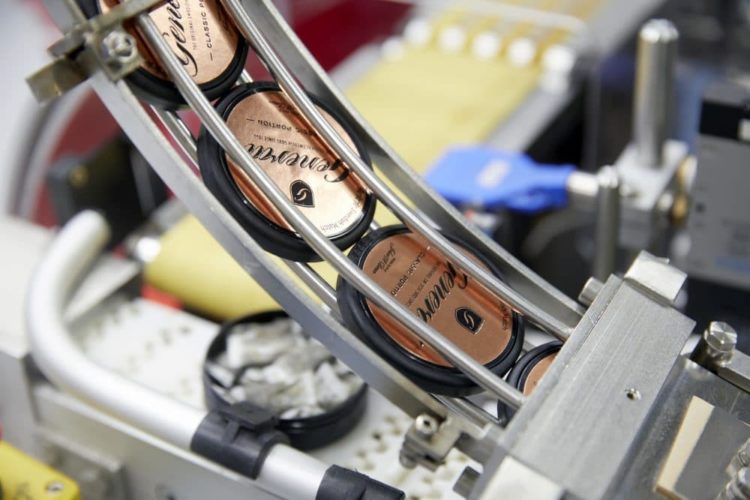
New survey charts nicotine consumption across Europe
Tobacco harm reduction advocates are conducting an ambitious, pan-European survey in hopes of painting a more accurate picture of nicotine consumption patterns across the continent.
Launched in October by the European Tobacco Harm Reduction Advocates (ETHRA), the survey is available in 16 languages, with responses being collected until December 31st, 2020.
“Our primary motivation is to bring the voice of users into discussions about tobacco regulation across Europe,” says Atakan Befrits, chair of New Nicotine Alliance (NNA) Sweden which partners with the ETHRA.
The survey attracted more than 30,000 respondents within the first month of its launch, with the figure expected to grow until the end of the year.
Tobacco Products Directive (TPD) revisions
The data will then be analysed before being released in a report ahead of debates on proposed updates to the European Tobacco Products Directive (TPD) and to Tobacco Excise Directive expected to take place in May 2021.
“We hope we can enlighten the public, various stakeholders, as well as MEPs in Brussels with views of actual nicotine consumers rather than claims from tobacco opponents who refuse to acknowledge the benefits of tobacco harm reduction,” says Befrits.
READ MORE: Sweden is the harm reduction capital of the world
He points to the EU ban on snus as an example of how regulations meant to restrict tobacco products on public health grounds can actually work against public health by restricting access to alternatives like snus or e-cigarettes that are less harmful than smoking.
“We hope the survey can provide some data regarding how many smokers feel they are prevented from switching to less harmful alternatives because of a lack of availability,” says Befrits.
Map nicotine consumption across Europe
The organization hopes the survey will help map nicotine product usage patterns across Europe. Among other things, the ETHRA wants to better understand how different regulations as well as proposed changes, might affect nicotine consumer behaviour and choices.
READ MORE: The Swedish Experience
“Many existing policies are based on fantasies that are a long way from the reality of users of these reduced harm products like snus and e-cigarettes,” Befrits explains.
“We hope this survey can provide more robust evidence of the reality on the ground and serve as a warning to EU policymakers about the harmful side effects of legislation that restricts access to safer alternatives to cigarettes.”




